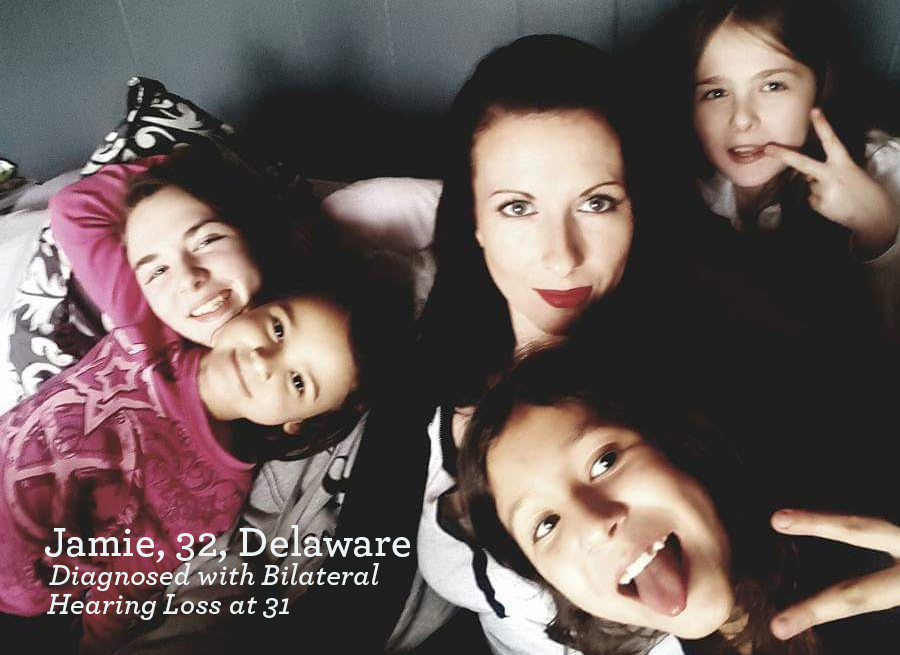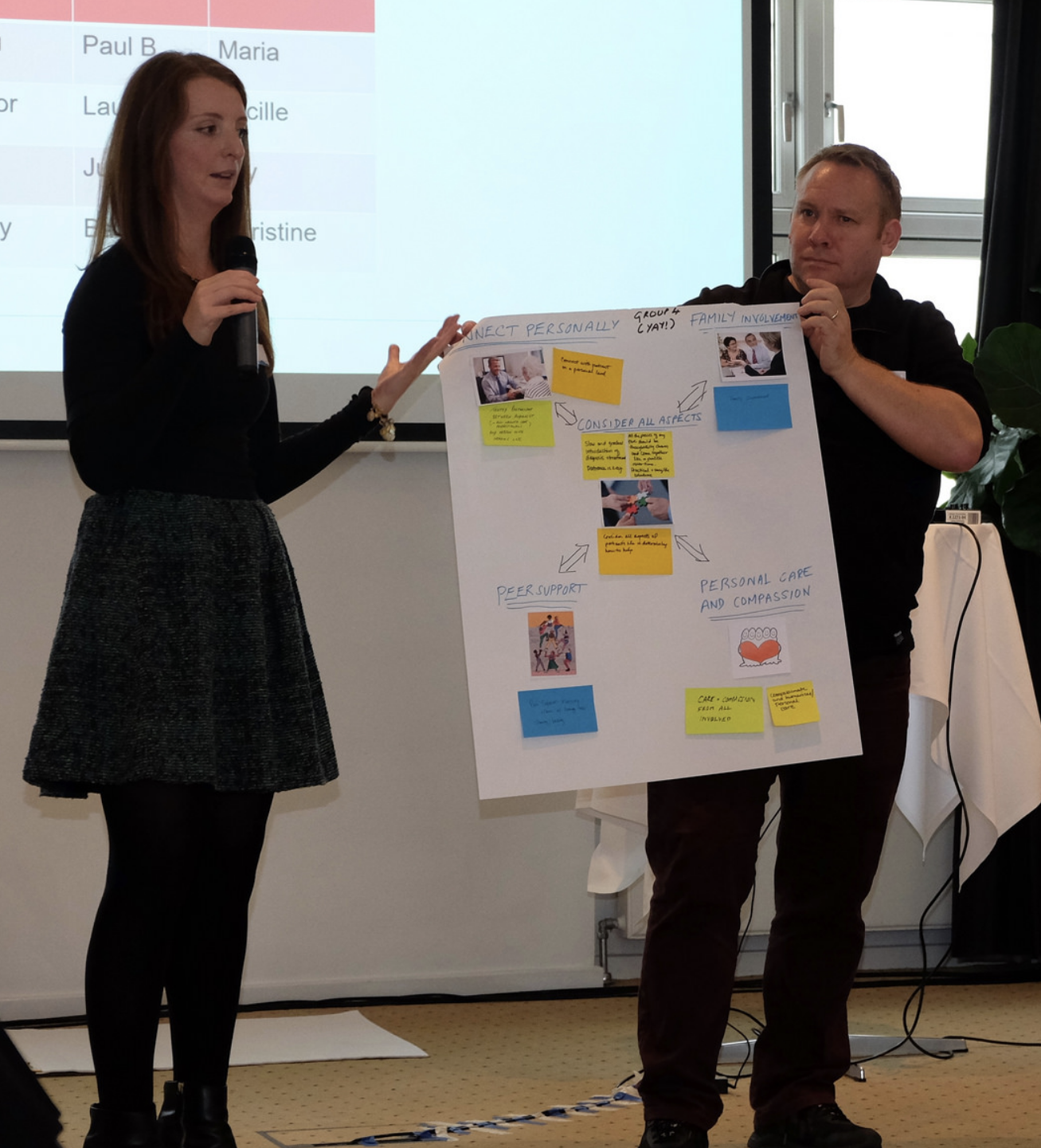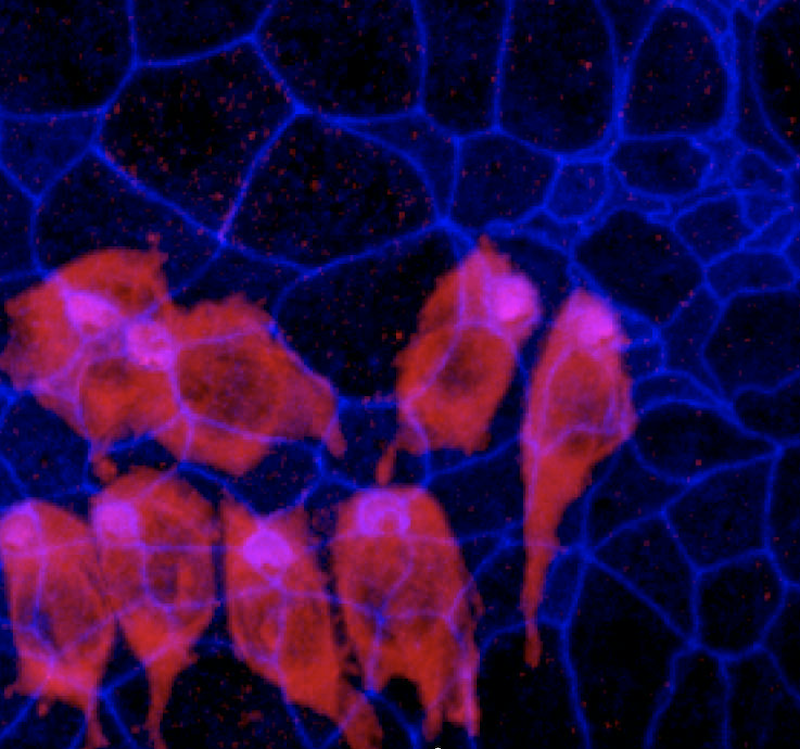Going out into the world of dating was a real shocker for me after my husband of 32 years had passed away. I asked a friend one day, “What are the rules for dating at this stage of life?” His answer was, “There are no rules.”
Some of the funniest experiences I have had have been through online dating. Men lie about their age. When you meet them in person, they don’t look anything like their picture. I never went out with anyone who didn’t post a profile picture. Show your face if you have nothing to hide. Then there is the type who has no picture, no profile information but just messages you with a phone number. Huh? What is there to love about someone who won’t be transparent? Then there is the type that posts a profile like it is a resume listing all their accomplishments since the Beatles came to town, letting us know they were at Woodstock and that everyone thinks they are really perhaps 35 or 40. Right!
At the end of my work life, I was an adjunct professor of English. I taught writing and research courses, and I found myself mentally marking up online profiles with that little red pen in my head. If you are going to lie, use spellcheck!
Here are some examples:
“I went to collage.”
“I am a docter.”
“I like feminine woman who wear colon.”
I’ve had some strange dating experiences. Take the hairstylist who was eager to match me up. Bingo! She knew a man who wore hearing aids, was my age and loved traveling all over the country in his RV, — something I would like to do someday. But that is where the similarity ended as I soon learned. After telling him I was trying to lose weight he ordered plate after plate of appetizers, insisting that I taste them all. I’m sure he meant well. But he spent the whole night lamenting about how his second wife left him, — taking most of his assets before leaving. He never asked me anything about my life.
A few years after being on my own I received my first cochlear implant. One guy I dated wanted to know if my hearing loss would get worse. I told him I did not come with a warranty.
Then there is the guy I met at Panera Bread for coffee. He suddenly stepped out from a hidden doorway when he saw me. Was he going to slip away if he didn’t like what he saw?
One man posted an online profile picture that had to be from 20 years ago. When he showed up, he looked like he might have escaped from a nursing home. It was actually very nice to talk to someone smart, but he wasn’t smart enough to realize I could figure out his age by his comments related to his college days and matching it to history.
The beauty of this age is that we are not out to impress anyone or yield to their limitations. We date whomever we wish, and many of us care more about mutual values than background. Diversity can only enrich our experience. A dedicated, loving partner trumps differences.
I have since given up on online dating, although I know some who have had good experiences. But I haven’t given up on love. They say you will meet someone when you least expect it. In the meantime, someday if my husband and I do meet again in the hereafter, I have some funny stories to tell him.
Former Hearing Health magazine staff writer Mary Grace Whalen is a freelance writer and the author of Living in the Color Magenta due for publication in 2018. You can visit her website www.marygracewhalen.com or read some of her other blog articles at www.deafgrayanditalian.com.




















